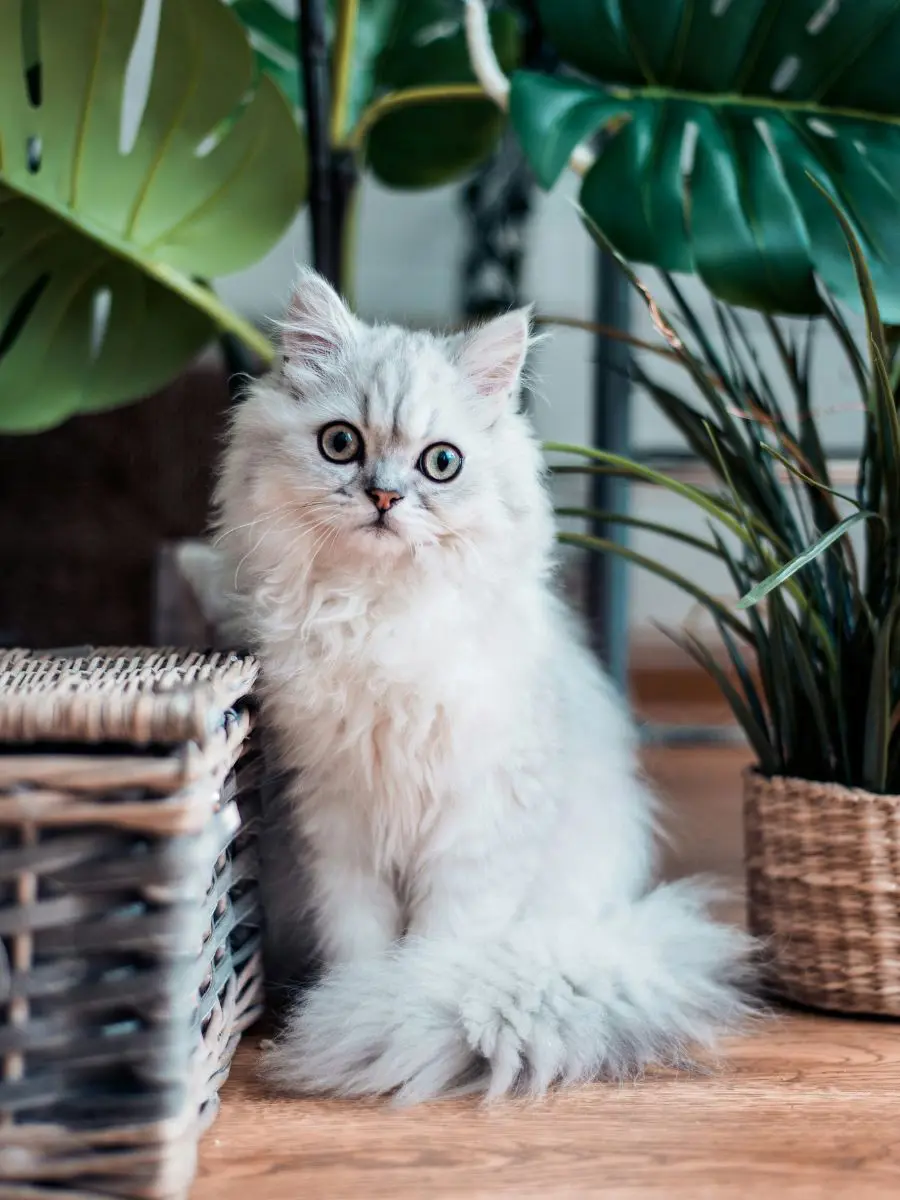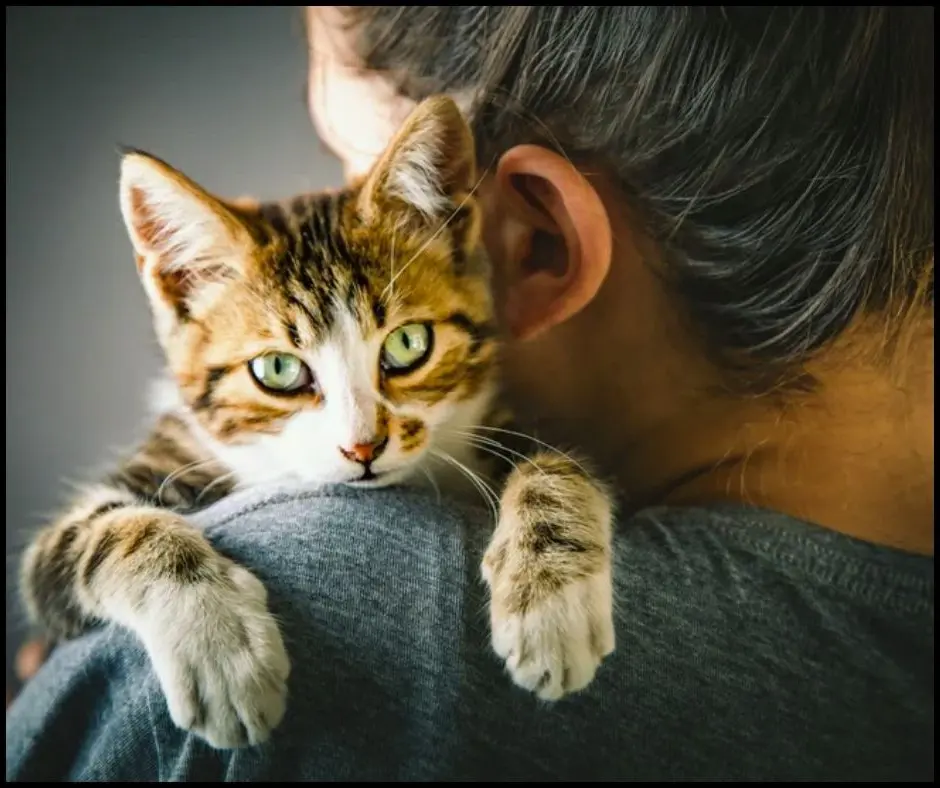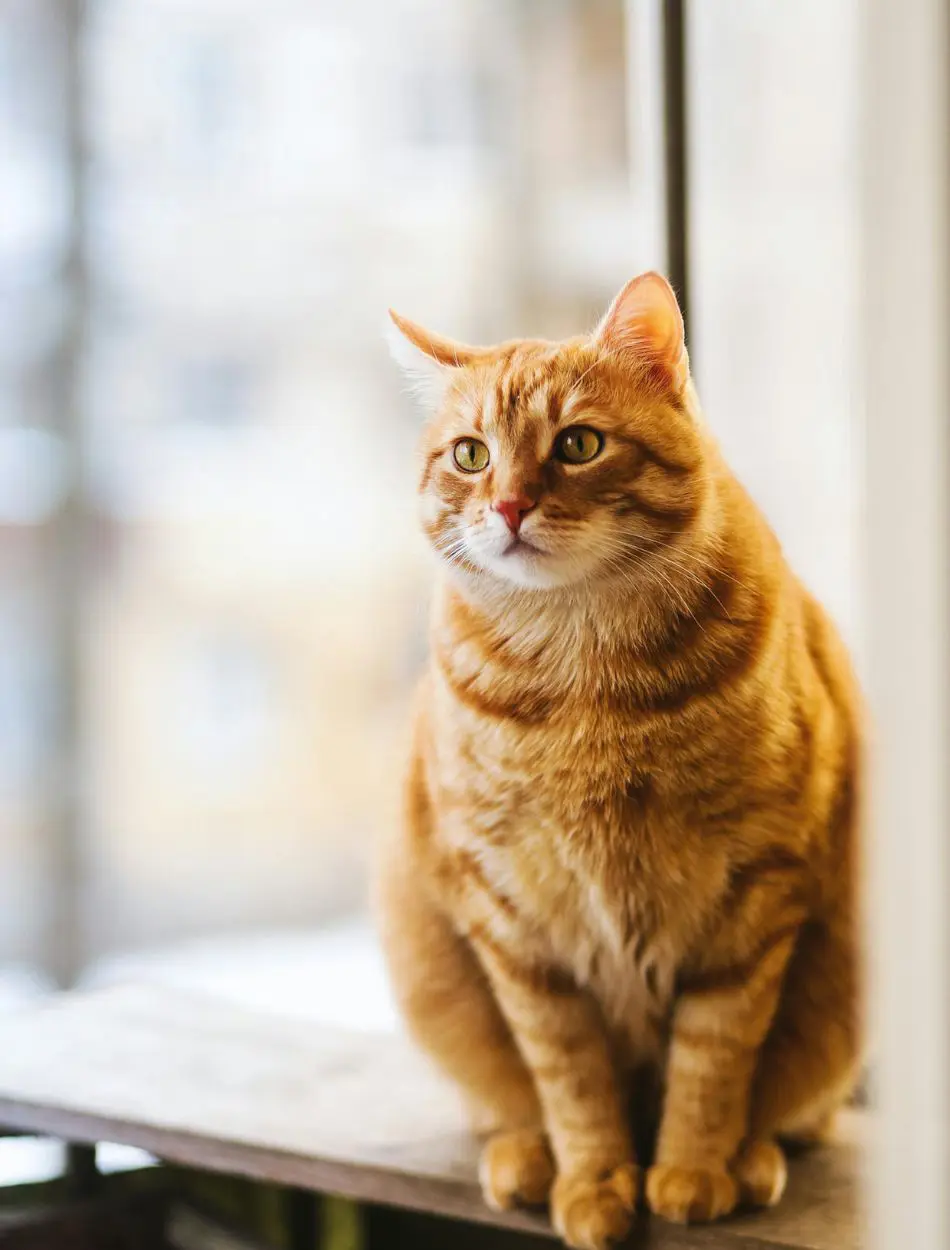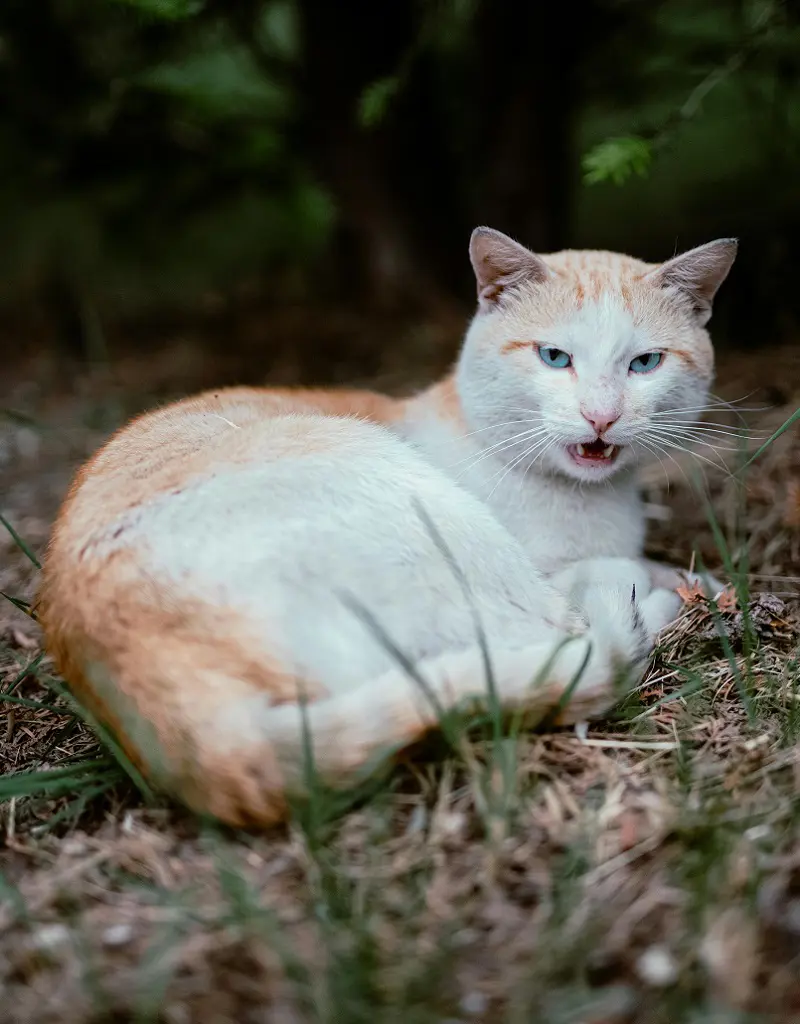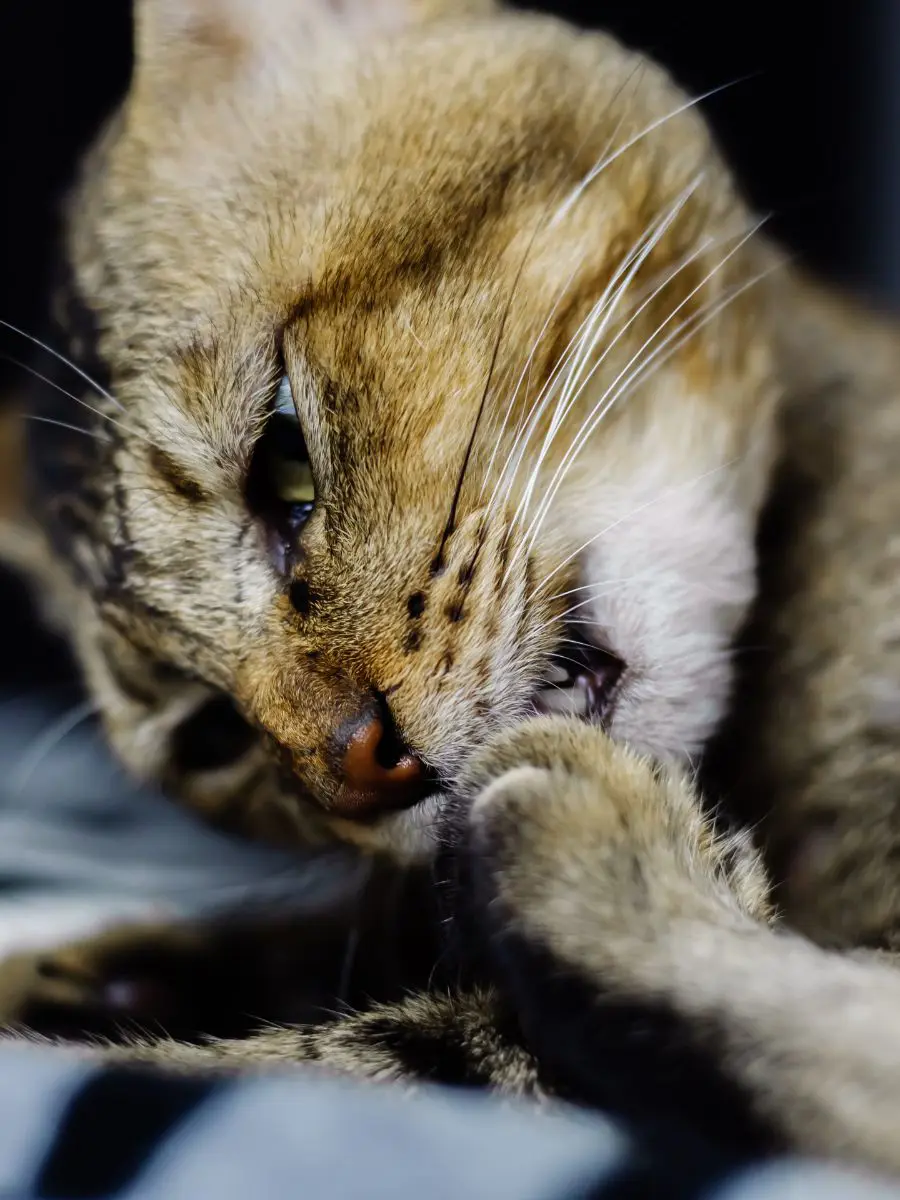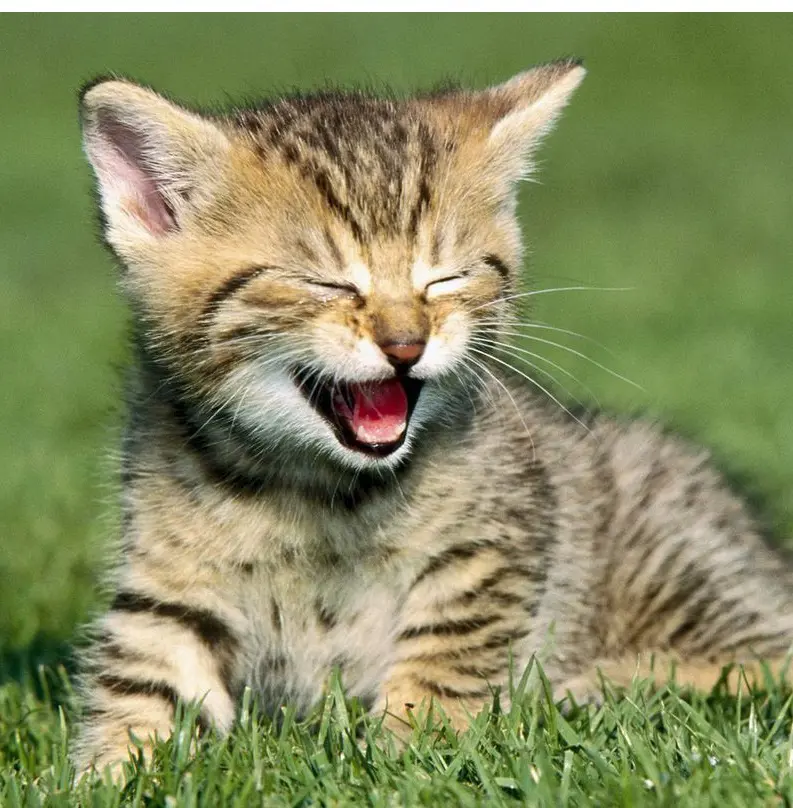19 Reason For Cat Wheezing And Its Preventive Methods
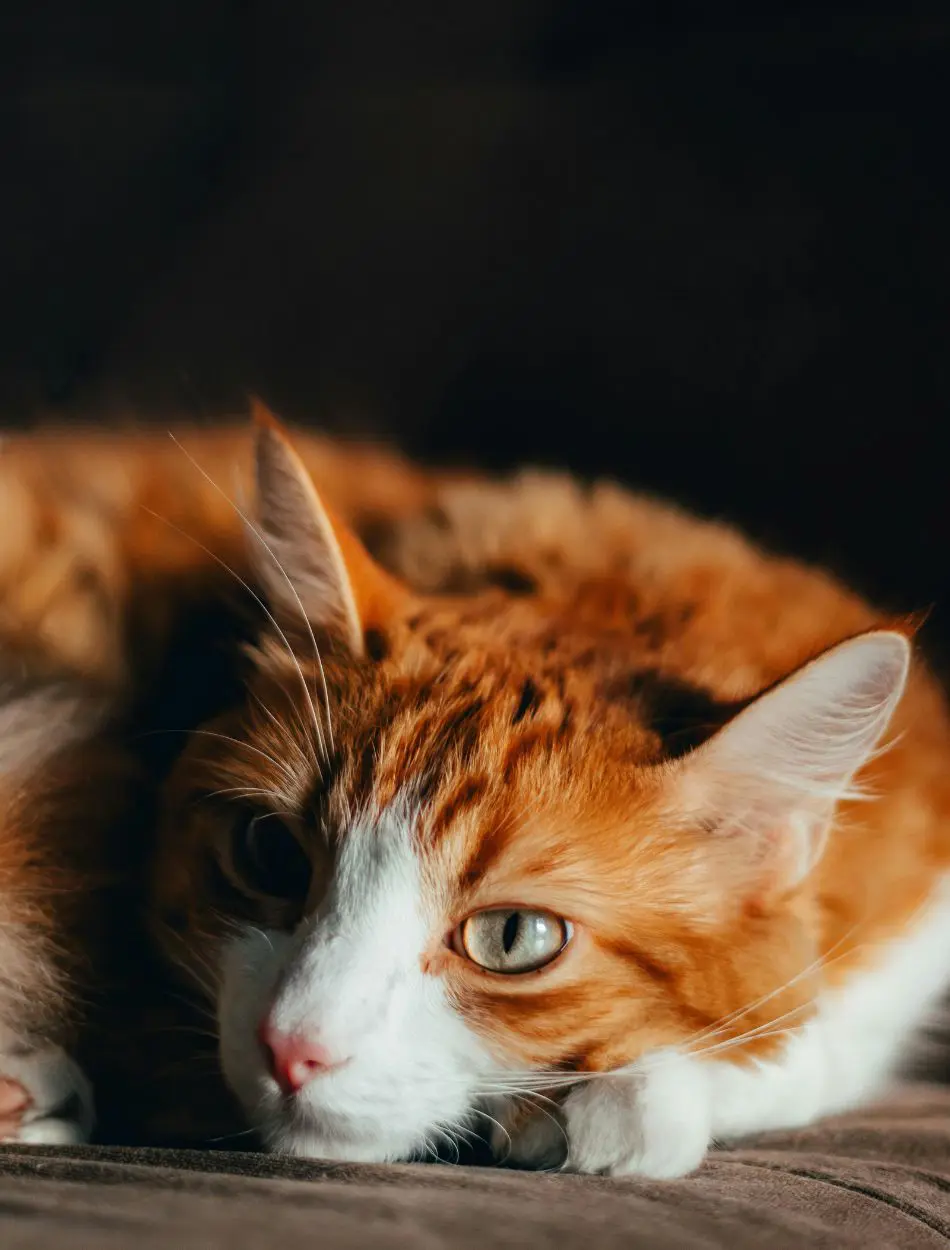
Kitty wheezing is explained as disturbances in the air passages that create a whistlelike sound. It can occur in conjunction with a cough, struggle for breath, or another sign that the cat is uncomfortable. The phenomenon itself is normally not severe, but if due to an underlying factor, the condition may require immediate veterinary attention.
The first step in ensuring your cat has the best treatment and care is to determine the exact cause of its wheezing. Some of the most common that might cause wheezing in your cat can be the following:
Dust
It is everywhere, always settling on a surface and invisibly floating in the air we breathe. For humans, this is more or less just a bit of an aggravation but for cats, especially those with very sensitive respiratory systems can be a significant problem.
Being low to the ground, cats have a tendency to investigate every nook and cranny, which can make them vulnerable to dust that often gathers in uncleaned areas. Should the cat inhale some dust, irritation of the lining within the airways occurs and subsequently leads to inflammation and wheezing. You may want to look into getting an air purifier to help further reduce dust and other things floating in the air around your home.
Feline Asthma
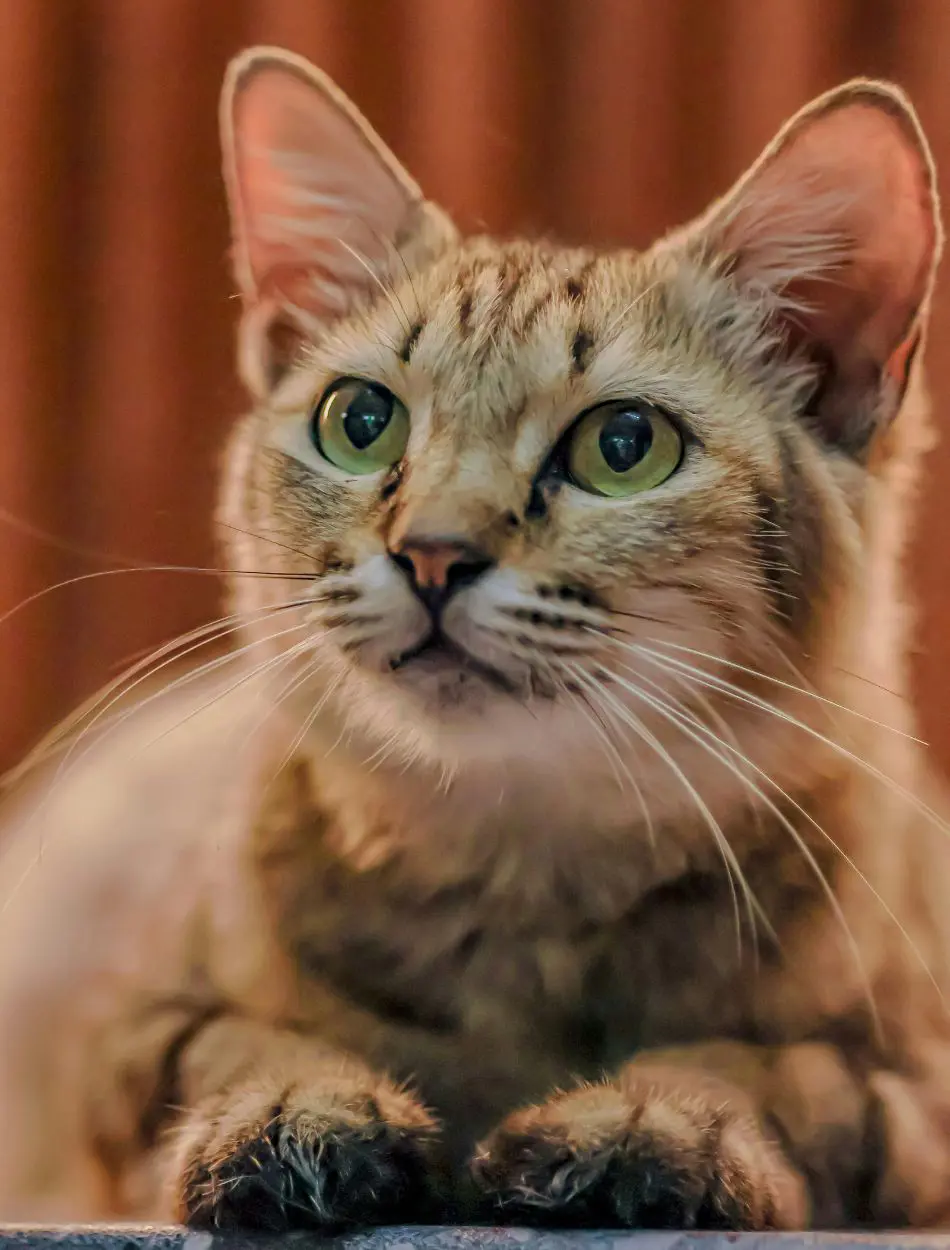
One of the most common reasons underlying the wheezing symptoms in cats is asthma which can range from mild to severe. When a cat has asthma, the lining of the airways becomes inflamed and narrowed, making it tough to breathe. One of the most common responses to this by a cat's body is wheezing which can include loud coughing, and rapid breathing, and may even signal trouble if it's done with an open mouth.
Allergic reactions in cats lead to the most common cause of asthma like pollen, smoke, dust, mildew, and human or animal dander can all be the instigating factors. Although asthma does not go away, it can still be controlled through medication, adjustment of the environment, and regular visits to the vet.
Allergies
Quite a number of allergies make a big cause for cats to wheeze, given the fact that the immune system overreacts to harmless things, such as pollen, dust, and mold. When a cat ingests allergens in their system, their body's typical reaction is to produce histamines in the bloodstream literally meant to inflame and further narrow the airways, which causes wheezing.
Some other common allergic causes for cats that can result in wheezing include allergies to some foods, household cleaners, as well as cigarette smoke. The main objective of therapy is to minimize the symptoms by reducing the allergens. For more severe situations, using medications to control the allergic reaction or a quick visit to vet might be necessary.
Mold
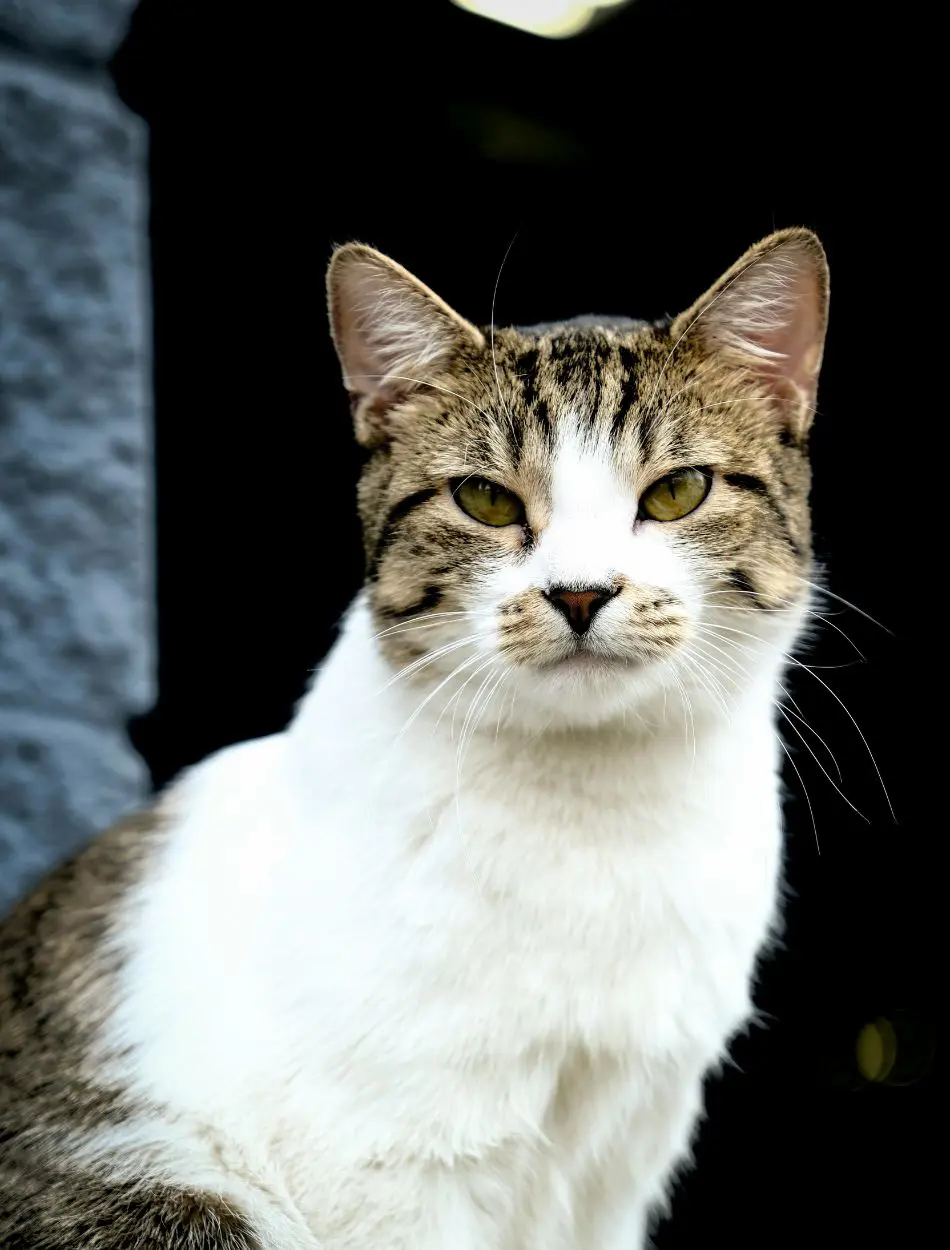
Wheezing in cats can also be a result of mold exposure which is because cats are one of the sensitive animals to allergens, and mold spores are among the most common culprits. Minute mold spores inhaled by cats may irritate the airways and inflame the bronchial tubes, creating a sort of narrowing effect.
This causes the typical wheezing sound as the air tries to struggle its way through the constricted passages. If exposure is longterm, it can worsen the condition and possibly further develop into chronic bronchitis or asthma. Reducing mold in the environment will help prevent these reactions and keep cats healthy and comfortable.
Heartworm Disease
Heartworm disease is caused by the parasite Dirofilaria immitis. This is a disease more common in dogs but cats may also become infected, and it may even turn out to be a cause for severe respiratory distress.
This worm lives in the heart and close to blood vessels, causing inflammation and hindering blood flow, which further leads to wheezing, coughing, and breathing problems. Unlike the case in dogs, the diagnosis and treatment of heartworm diseases in cats are much more complicated, and even a few in number, this can cause severe symptoms or sudden death. Preventative medication is the best way to protect your cat from heartworm disease.
Lungworm Infection
Although the worms are known to locate themselves in the lungs and bronchial tubes of cats, they are capable of resulting in inflammation to the affected part and could also lead to the production of mucus and tissue damage. However, the bacteria are more commonly acquired from snails or slugs or some small rodents that are taken by the cat.
Most of its manifestations cause whistling, coughing or disorders in the respiratory process. Lungworm infection is detected based upon the larvae in the stool or sputum and it is treated using drugs for parasitic diseases.
Foreign Bodies
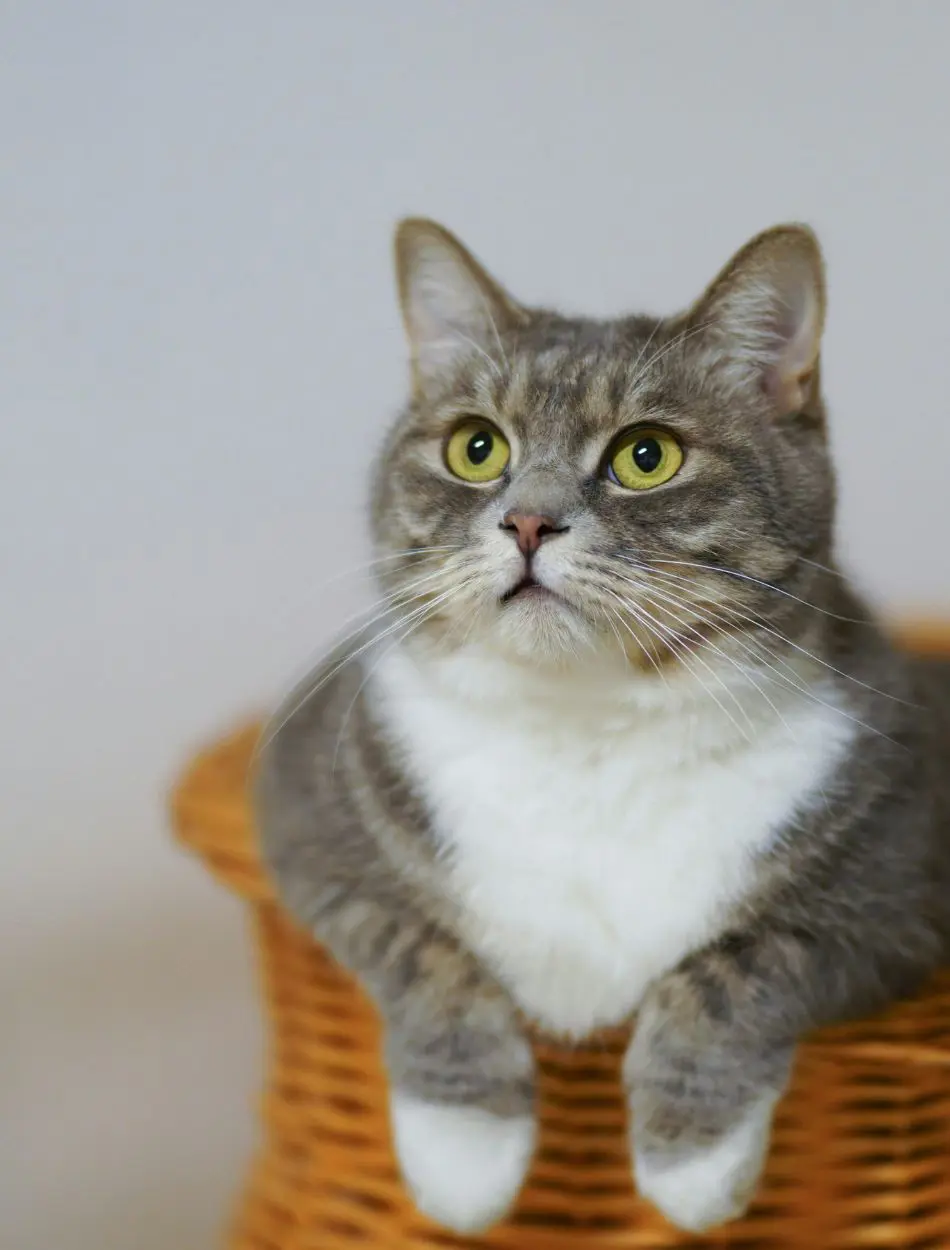
It may at times happen when something like grass, a toy, or even a hairball gets stuck in the cat's trachea making the cat wheeze. If there is a blockage in the throat or the lungs, then breathing will be affected and the person will end up sneezing, coughing or gagging.
At some point in time the cat will attempt to cough up the object by using its paws to scratch at its mouth as if in pain. If it is something that was ingested, or inhaled into its trachea, do not hesitate to consult a veterinarian because this is a condition that can become life threatening very quickly.
Cleaning Products
Residues from household cleaners can cause wheezing in cats due to the fact that most cleaning products contain strong, aggressive chemicals on the feline respiratory system. Once these residues are lingering on surfaces or go airway, cats breathe in or come into contact with them, irritating their airways.
This can cause inflammation of and constriction of the bronchial tubes and may make breathing for cats quite difficult and characteristically wheezy. Prolonged exposure to such fumes could heighten respiratory conditions, and with cats suffering from asthma, it would be very dangerous hence, the use of only pet friendly cleaning solutions is called for.
Stress
Believe it or not, cats also have a tendency to wheeze under stress, particularly those complicated by changes in the respiratory tract that predispose them to wheezing. Stress promotes inflammation and constriction of the airways by releasing hormones thus, wheezing and labored breathing result.
Stress can be precipitated from many things, such as environmental changes, introduction of a new pet into the household, or something as minor as a visit to the vet. Environmental enrichment, which is targeted toward stress reduction and a quiet, safe environment, along with keeping the cat's routine and life schedule constant, can facilitate in preventing stress-induced wheezing.
Dusty Cat Litter
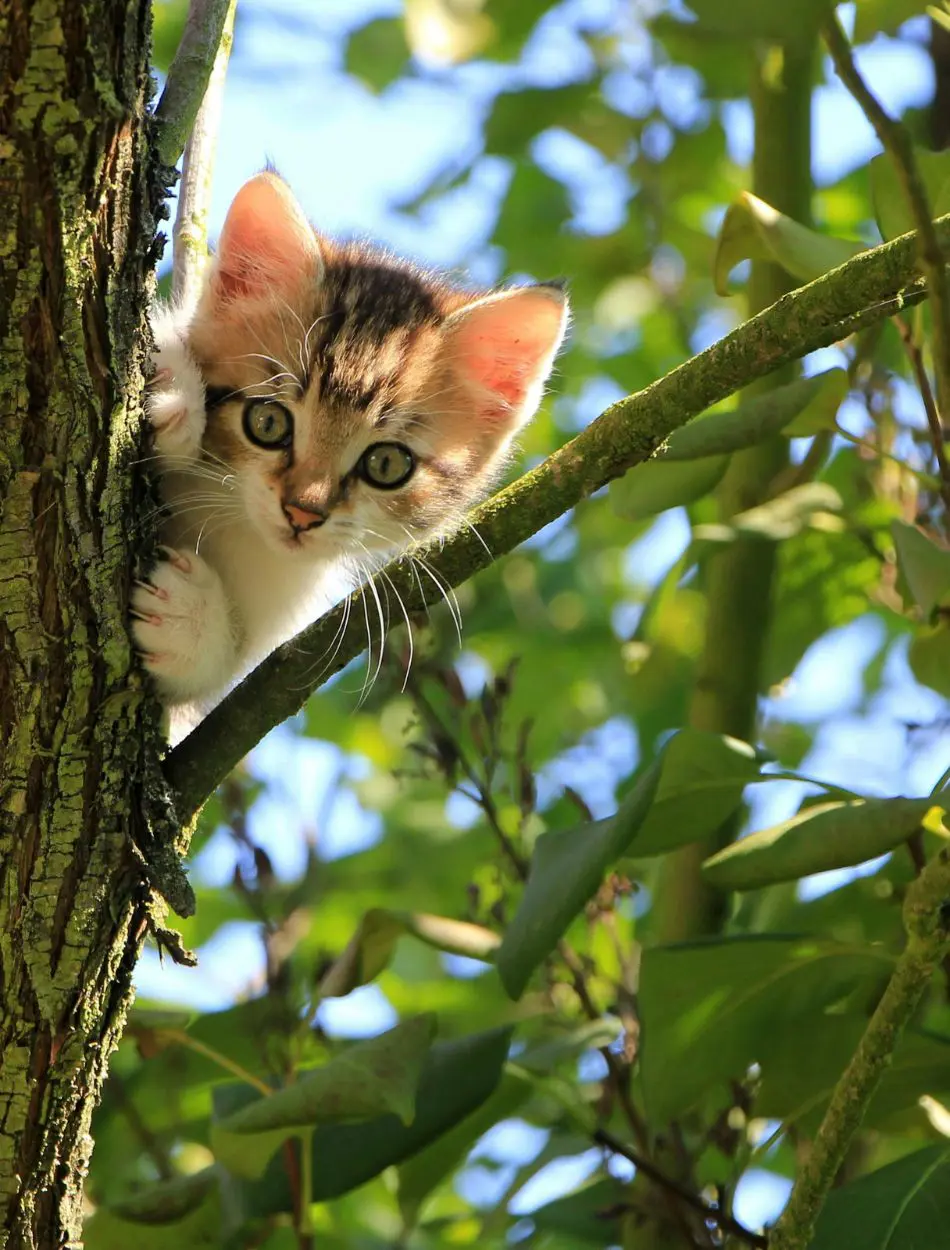
Another factor that may influence your cat's respiratory situation is the type of litter used. In particular, cat litter that is based or scented can be very dusty and hence irritant when inhaled. This dust inflames the airways and causes wheezing and coughing.
A number of scented litters contain chemicals that will additionally irritate a cat's respiratory system. Low dust unscented litter or litter made from natural materials, like wood or paper can decrease the wheezing risk. It is also good to keep the litter box clean and well ventilated to decrease dust and odor accumulation.
Carpets and Rugs
Various irritants can be encapsulated by carpets and rugs, including dust, pet dander, and even chemical residues from cleaning products or manufacturing processes. These can easily become disturbed when your cat simply walks or lies on the carpet, thus releasing them into the air, which may promote wheezing and other respiratory complications upon inhalation.
Carpets can also trap moisture that is highly conducive to mold growth, further exacerbating respiratory problems. Regular use of a filter vacuum, steam cleaning, and carpet cleaners with nontoxic ingredients can lower levels of these irritants. Consider replacing old carpeting with hard flooring as it is easier to clean and less hospitable to allergens.
Paint Fume
Fumes from freshly painted rooms can really irritate your cat's respiratory system. Especially oil-based paints or those containing high levels of volatile organic compounds emit toxic fumes into the air that may be injurious upon breathing.
Even after the paint has dried, it is said to throw off the gas for many more years. If you are going to paint your home, it is important to keep the area well ventilated and to keep your cat away from the freshly painted room until the fumes have gone away.
Overheating
Overheating sometimes brings temporary wheezing in the feline population due to a problem cooling off and because regulating the body temperature is not exactly as it should be. Even a slight increase in temperature might make them develop overheating with all its indications of rapid breathing, panting, and wheezing.
This is very true in hot and humid environments where the air is heavy and hard to breathe. If your cat overheats, make sure there is cool, shady access and plenty of fresh water, and avoid extreme heat for your cat for long periods of time. If caused by overheating wheezing will resolve once the cat has cooled down however, you need to speak with your veterinarian if the symptoms do not resolve.
Insecticides
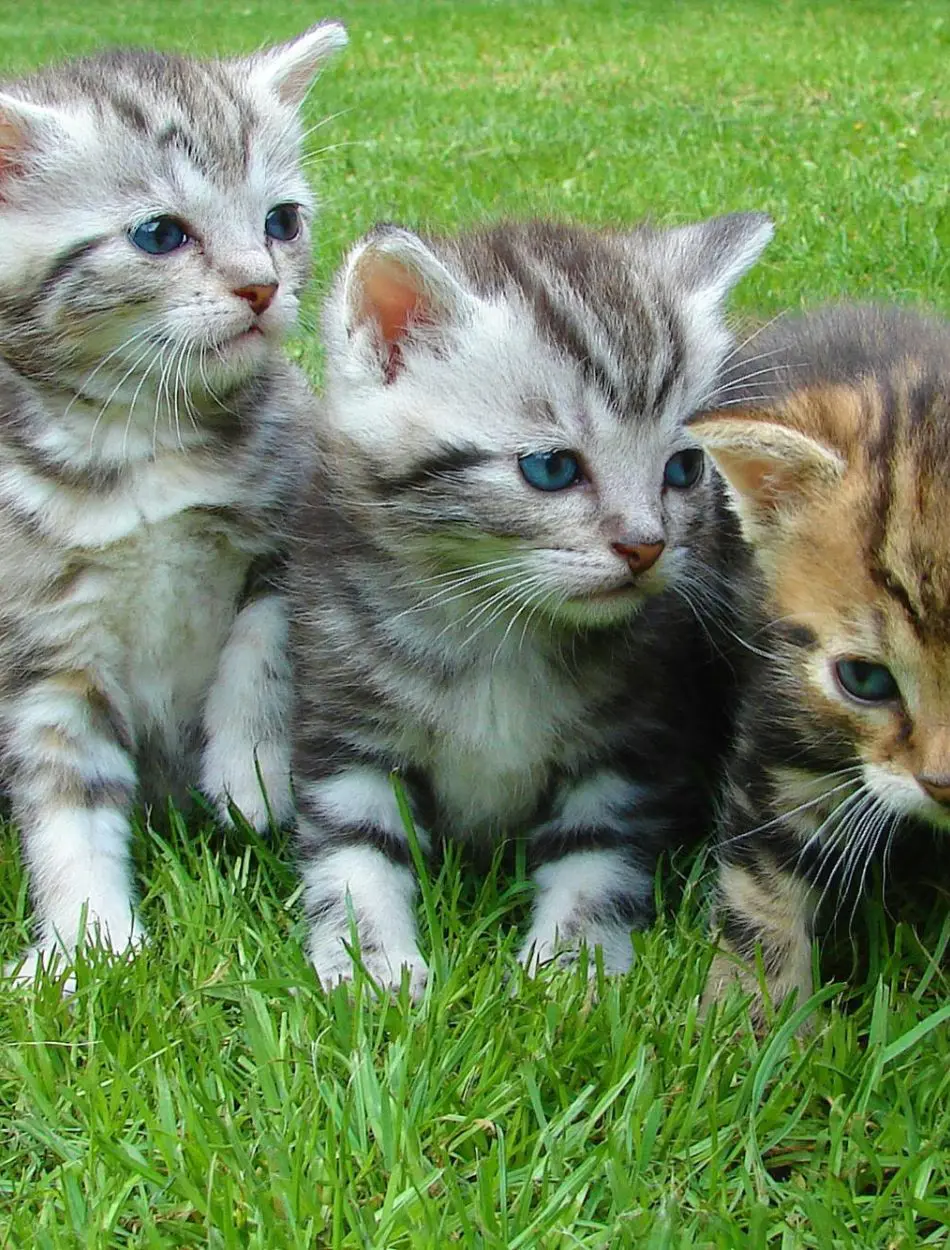
If you use spray cans to control the pest population inside your house, it can be harmful to your feline partner. Even when your cat is not exposed directly to it, there can be a residue on the surface or in the air which can cause respiratory irritation and wheezing.
If insecticides in the house are necessary, instructions should be followed to the letter, and until the chemical is cleared from the atmosphere, you should not let your cat enter any area treated with them. Other options include looking for pet safe replacements or alternative measures of pest control in nature.
Scented Candles
While scented candles or incense can be soothing to humans, they can provide a common source of irritation to the feline respiratory system. Many of these fragrances contain chemicals that, when inhaled, can cause wheezing and coughing, among other respiratory problems.
The smoke emitted when candles or incense burn could potentially irritate your cat's senses, especially if they suffer from respiratory issues. Therefore, to protect the respiratory health of your feline, it would be better to avoid scented candles and incense, or alternatively, switch over to nonscented, nontoxic types of these products.
Smoke Detectors
Smoke detectors are common in every home for safety, but the shrill alarm and test fumes can be very irritating to your poor kitty. Sometimes, the suddenness of such deafening sounds may create wheezing as the body acts on fear and stress.
Moreover, defective or highly sensitive smoke detectors can also emit minimal fumes or particulates that your cat can inhale and trigger irritability in the respiratory area. As a matter of course, these smoke detectors are always inspected, tested, and serviced to ensure that they just work right, so this could be excluded from the probability of being a wheezing trigger for your cat.
What To Do If Your Cat Is Wheezing
If your cat seems to be wheezing often then a veterinary visit is warranted. If the wheezing does not persist, you should pay close attention and monitor the symptoms, but going to the vet may be unnecessary as your cat could have just had a hairball.
If by looking at the symptoms you believe that your cat has a different illness, like lungworm or heartworm, is having a severe asthma attack, or is showing great difficulty breathing in any way, then you should bring them to the nearest vet immediately.
Recent posts
Cats
Why Do Cats Eat Grass?
Eating grass is a common behavior observed among domestic cats, sparking curiosity and speculation among pet owners and veterinarians alike. Observations suggest that even well-fed cats with no apparent nutritional deficiencies engage in this habit, ...
Cat Years To Human Years Age Chart
Understanding how old your cats are compared to humans is essential for properly caring for them. You might have heard that one cat year is like seven human years, but it's not simple. Cats grow and age differently than we do, so we need a better way...
18 Common Signs Your Cat Is In Pain
Cats are stoic animals, and most of the time, they mask any type of pain until it becomes too much to bear. In many ways, being a responsible pet owner encompasses the ability to recognize the unseen signs that your feline friend is in pain. Knowing ...
18 Reasons Why Cats Hiss & How To Stop The Behavior
Cat hissing is a distinctive behavior that often surprises and intrigues those who witness it. The sound, a sharp and sudden exhalation, is accompanied by a variety of physical cues. If your cats are hissing often or for a longer time, you should pay...
18 Reasons Why Cats Are Itching So Much
Cat itching refers to the impact that elicits a cat to scrap, bite, or lick its skin unnecessarily. The condition can be obvious for several reasons, extending from outermost factors like parasites to internal health issues. Skin infestation, b...
20 Cat Jokes That Are The Purrfect Antidote To A Ruff Day
Funny cat jokes have a universal appeal that transcends age, culture, and background. The inherent humor in cat-related anecdotes and puns often lies in the quirky behavior and unpredictable antics of these adorable feline companions. These catchy on...
